A top secret U.S. Navy acoustic detection system may have heard the Titan tourist sub’s implosion hours after the vessel began its descent to the Titanic wreck on Sunday, according to the Wall Street Journal.
The Navy heard an implosion or explosion noise around the time when the sub lost communication with the surface on Sunday, according to U.S. defense officials who spoke to the Journal.
The sound reportedly happened near the area where the debris of the Titan was later found, and the noise was “immediately” reported to the site commander leading the search.
The Journal reports:
“The U.S. Navy conducted an analysis of acoustic data and detected an anomaly consistent with an implosion or explosion in the general vicinity of where the Titan submersible was operating when communications were lost,” a senior U.S. Navy official told The Wall Street Journal in a statement. “While not definitive, this information was immediately shared with the Incident Commander to assist with the ongoing search and rescue mission.”
Journal notes that the Navy required that the acoustic system, which is used to detect enemy submarines, not be named due to national security reasons.
A senior Navy official told CNN that the implosion sound was deemed “not definitive,” which is why the search efforts continued until the Titan’s debris was found on Thursday.
The U.S. Coast Guard announced at a press conference Thursday that a remotely operated vehicle (ROV) found debris from the Titan that “is consistent with a catastrophic implosion of the vessel.” All five passengers on the Titan are presumed to have died.
The debris included parts of the sub’s pressure chamber, including a nose cone and the front and back end of the pressure hull.
The debris field was discovered by the ROV on the ocean floor about 1,600 feet from the Titanic’s bow, but the debris could not have come from the Titanic itself, according to Mauger.
Mauger said the implosion “would have generated significant broadband sound down there that the sonar buoys would have picked up.”
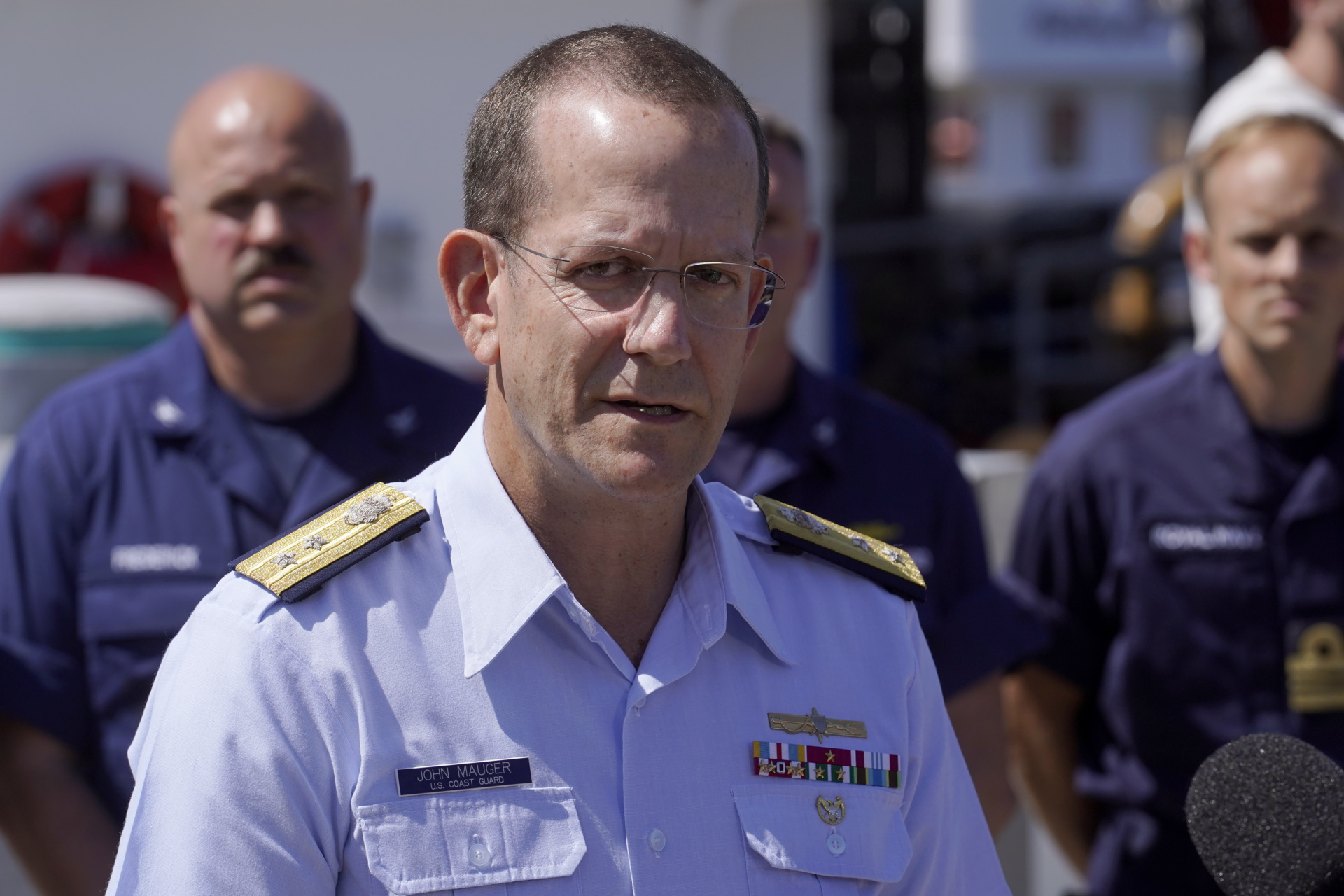
U.S. Coast Guard Rear Adm. John Mauger, commander of the First Coast Guard District, talks to the media, Thursday, June 22, 2023, at Coast Guard Base Boston, in Boston. The missing submersible Titan imploded near the wreckage of the Titanic, killing all five people on board, according to the U.S. Coast Guard. (AP Photo/Steven Senne)
Mauger stated that they would try to recover the bodies of the passengers but noted the difficulty of such a recovery search.
“This is an incredibly unforgiving environment down there on the sea floor, and the debris is consistent with a catastrophic implosion of the vessel,” he said.
“We’ll continue to work and continue to search the area down there, but I don’t have an answer for prospects at this time,” he added.
OceanGate Expeditions, which operated the Titan, issued a statement acknowledging the deaths of the five passengers of the submersible, which began its descent into the North Atlantic on Sunday to visit the wreck site of the RMS Titanic, but lost contact with the surface less than two hours later.
“We now believe that our CEO Stockton Rush, Shahzada Dawood and his son Suleman Dawood, Hamish Harding, and Paul-Henri Nargeolet, have sadly been lost,” the company stated.
OceanGate Expeditions sold seats on the Titan at $250,000 apiece. The vessel was carrying three fee-paying passengers: British billionaire Hamish Harding, Pakistani tycoon Shahzada Dawood and his son Suleman. The other two on board were Paul-Henri “PH” Nargeolet, a veteran diver and expert on the Titanic wreck, and Stockton Rush, the CEO of OceanGate Expeditions.
The U.S. and Canadian Coast Guards deployed ships and planes in an intensive search for the Titan to cover an era that was twice the size of the state of Connecticut. The search was some 400 miles off the coast of Newfoundland, Canada, and 12,000-12,500 ft. below sea level. The rescuers deployed two camera-equipped remote-operated robots that can scan the seafloor in real-time at depths other vessels can’t reach.
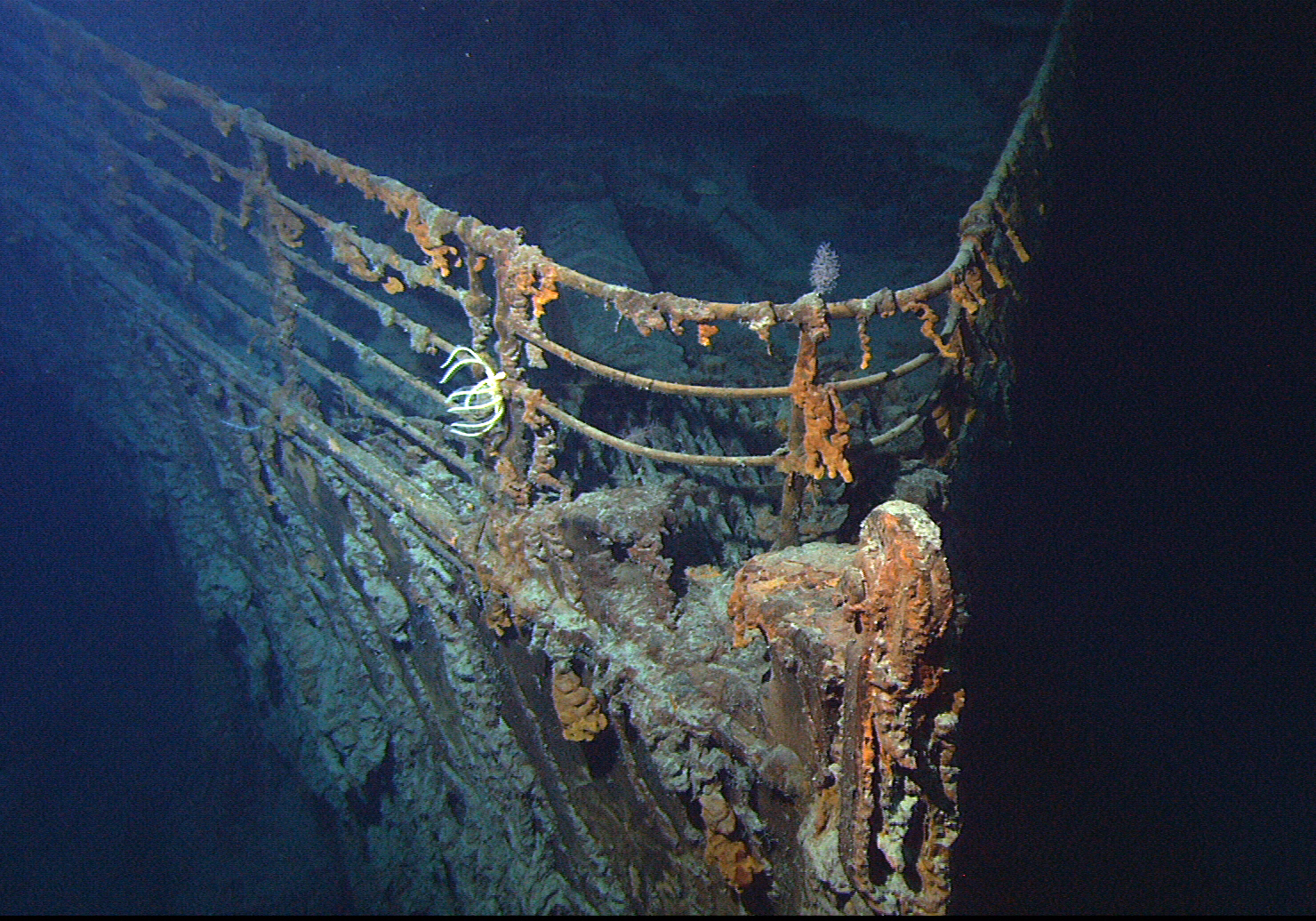
View of the bow of the RMS Titanic photographed in June 2004 by the ROV Hercules during an expedition returning to the shipwreck of the Titanic. (Courtesy of NOAA/Institute for Exploration/University of Rhode Island)
OceanGate Expeditions is now under increased scrutiny as documents show that the company had been warned that there might be catastrophic safety problems with the experimental vessel it developed.
David Lochridge, OceanGate’s director of marine operations, said in a 2018 lawsuit that the company’s testing and certification was insufficient and would “subject passengers to potential extreme danger in an experimental submersible.”
Former passengers on OceanGate’s Titan submersible have also come forward with their own harrowing stories about difficulties experienced in past dives.

A Coast Guard HC-130 Hercules airplane flies over the French research vessel, L’Atalante approximately 900 miles East of Cape Cod, Mass., during the search the Titan on June 21, 2023. (U.S. Coast Guard via AP)
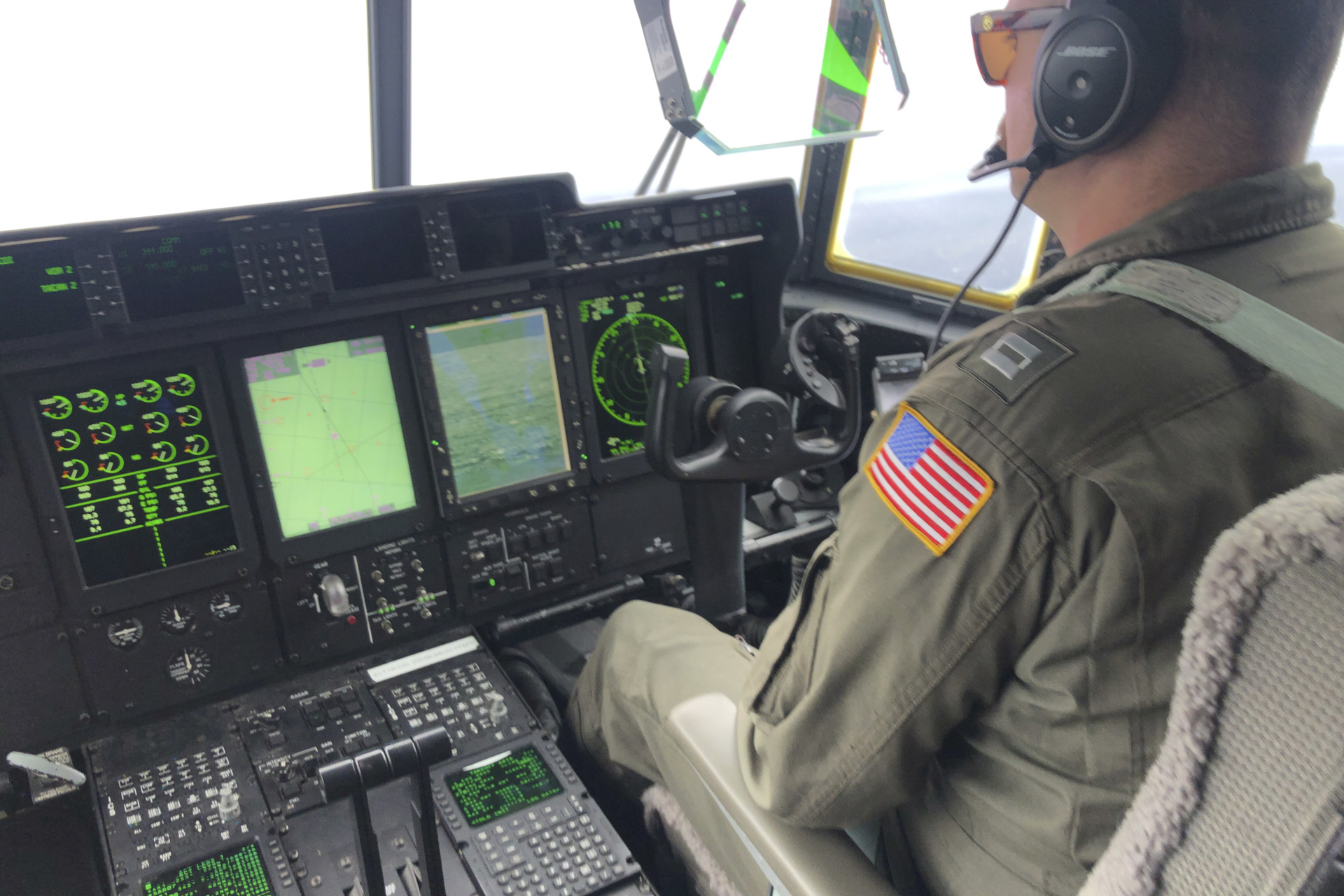
A crew member sits aboard a Coast Guard HC-130 Hercules airplane flies about 900 miles East of Cape Cod, Mass., during the search for Titan on June 21, 2023. (Petty Officer 1st Class Amber Howie/U.S. Coast Guard via AP)
Academy Award winning director James Cameron, whose 1997 Titanic film renewed interest in the story of the doomed ship, told ABC News that he sees tragic “similarities” between the Titan disaster and the sinking of the 1912 luxury liner.
Cameron, who has extensive experience in deep sea exploration from filming Titanic as well as his 1989 film The Abyss, noted that members of the deep submergence engineering community expressed grave concerns about the design of OceanGate’s Titan submersible.
“A number of the top players in the deep submergence engineering community even wrote letters to the company, saying that what they were doing was too experimental to carry passengers and that it needed to be certified and so on,” he said.
“I’m struck by the similarity of the Titanic disaster itself, where the captain was repeatedly warned about ice ahead of his ship and yet steamed at full speed into an ice field on a moonless night, and many people died as a result,” Cameron added.
“And for this very similar tragedy where warnings went unheeded to take place at the same exact site with all the diving that’s going on all around the world, I think it’s just astonishing. It’s really quite surreal,” he noted.
‘Titanic’ director James Cameron on the ‘catastrophic implosion’ of Titan submersible: “I’m struck by the similarity of the Titanic disaster itself, where the captain was repeatedly warned about ice ahead of his ship and yet he steamed at full speed into an ice field." pic.twitter.com/vO8JkCXS5f
— ABC News (@ABC) June 22, 2023
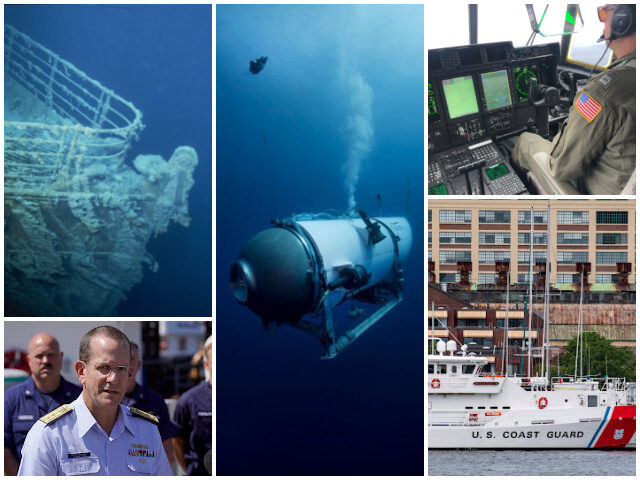

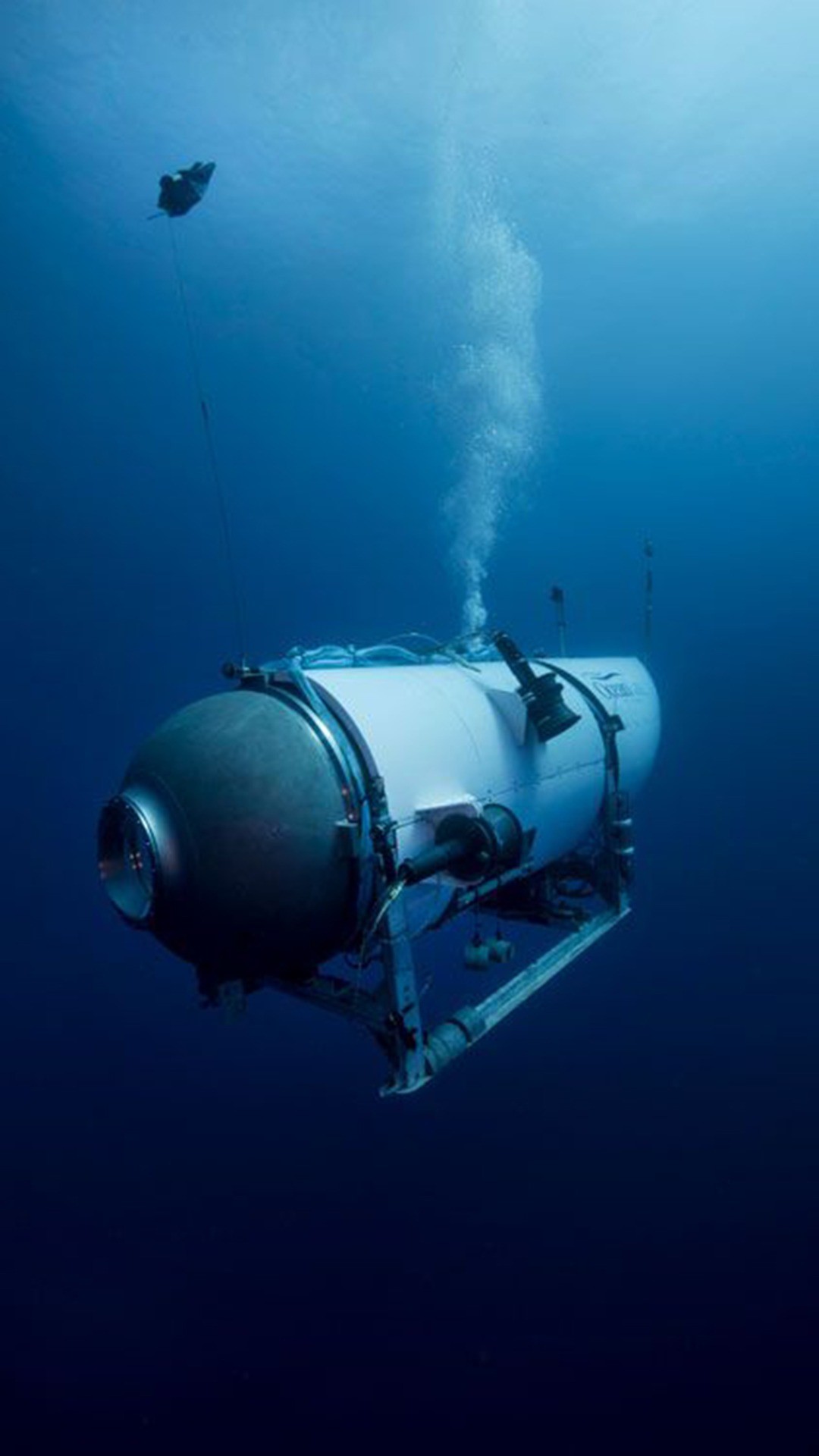
COMMENTS
Please let us know if you're having issues with commenting.